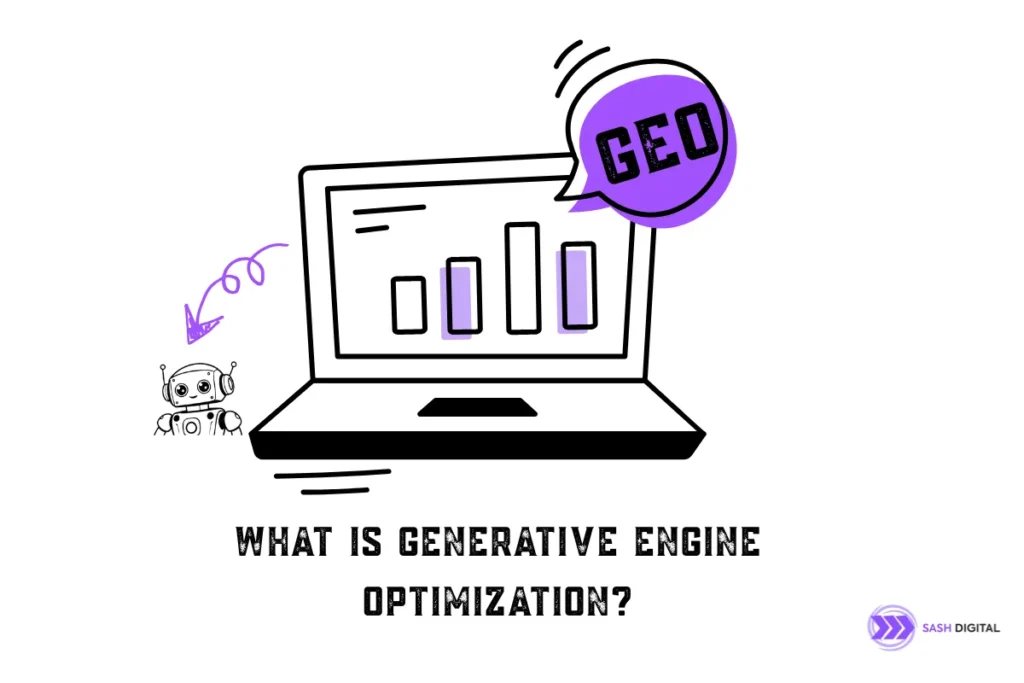Branding is more than a logo. It’s the tone your brand speaks in, the trust it earns, and the experience it creates across every customer interaction. For B2C and D2C brands, building a strong branding strategy means being relatable, consistent, and unforgettable.
Whether you’re a local fashion startup in Pakistan or a fast-scaling health product brand selling worldwide, you need a clear brand strategy to grow, differentiate, and earn loyalty.
Let’s break down a branding strategy that actually works for real-world B2C or D2C businesses.
1. Define Your Brand DNA
Every strong brand starts with clarity.
- Who are you serving?
- What problem are you solving?
- What makes your product different?
- What kind of personality does your brand have?
Once you answer these, it becomes easier to define your tone, visual identity, and messaging.
Many D2C brands make the mistake of copying Western aesthetics without adjusting for local culture or customer mindset. For example, a wellness brand in Karachi should sound confident and friendly, not cold and minimal.
2. Tone of Voice: Human, Not Robotic
Your tone is how your brand sounds when it talks. For B2C and D2C, the key is to sound human. Not overly corporate. Not overly clever.
Good tone = Familiar + Trustworthy + Memorable.
A clothing brand might speak with energy and fun (“Style that moves with you”), while a skincare brand might lean calm and informative (“Real care, real results”).
You don’t need to reinvent the wheel. But your tone should consistently reflect your values and your audience’s expectations.
3. Your Website = Your Brand Home
For D2C brands, your website is the only shelf your product sits on. Your homepage, product descriptions, and About page need to clearly express what you do and why you’re worth trusting.
A few rules:
- Above the fold = your most important message.
- Use product photography that shows real use cases.
- Create strong CTAs (e.g., “Try it now,” “Feel the difference”).
Explore our website development services to see how we build brand-aligned Shopify and WordPress experiences that convert.
4. Build Brand Recall with Visual Consistency
Color. Fonts. Icons. Packaging. Stickers. Instagram grid. Product unboxing.
These aren’t aesthetic choices. They are memory triggers. Strong brands are consistent with their visuals and feel across channels.
Brand recall grows when customers start recognizing your color palette, your typography, your design layout—even without a logo in sight.
If you’re serious about scaling recall, build brand guidelines and stick to them.
5. Social Media = Frontline Branding
Instagram, TikTok, YouTube Shorts, and even Facebook are where most B2C or D2C customers meet your brand first. But simply posting photos won’t do much.
Think:
- What stories are you telling?
- Are you showing real customers?
- Do you educate or just promote?
- Is your feed visually consistent?
Social proof is a huge trust lever. Share UGC, reviews, and founder videos.
A social media strategy aligned with your branding goals can help you grow followers, engagement, and conversions.
6. Trust = Currency
Trust is everything. For D2C brands, especially in the Pakistani market where online purchases are still evolving, trust makes or breaks your funnel.
Ways to build trust:
- Showcase reviews prominently
- Use customer photos
- Offer live chat or WhatsApp
- Tell your founder story
- Be transparent with pricing, delivery, and return policies
Also: respond to DMs and comments. This builds community and signals reliability.
7. Use Performance Channels to Amplify Branding
Branding and performance marketing don’t compete—they complement each other. When your brand is clear, ads convert better.
Retargeting ads, for example, work better when your visuals and messaging match the user’s previous interaction.
Want to drive branded search, scale UGC-led ads, or amplify your launch campaign? Our performance marketing service helps brand-led D2C and B2C stores scale profitably.
8. SEO for Brand Visibility
Many brands underestimate how valuable SEO is for building long-term brand equity. When customers search for your category or product type, your brand should show up.
This means:
- Optimizing for branded keywords
- Having a blog that aligns with your brand voice
- Ensuring your meta titles and descriptions match your tone
Our ecommerce SEO experts help brands dominate search while staying true to their positioning.
9. Founder-Led Storytelling
For early-stage D2C and B2C brands, the founder is often the brand. Use your voice. Go live. Talk to your customers.
Brands with personality win. Whether it’s via email, Instagram Reels, or podcasts—share your journey.
10. Keep Evolving, Not Rebranding
Don’t chase trends. Instead, evolve your brand as your customer evolves. Update your visuals. Refresh your tone. Rework your packaging—but always stay rooted in your original brand promise.
Great brands are consistent but not rigid.
Final Thoughts
Your branding strategy isn’t a one-time decision. It’s a living system. For B2C and D2C brands competing in Pakistan and globally, building trust, tone, and visual alignment can take you far beyond your competitors.
Need help crafting a branding strategy that works? Contact our team to build, scale, or realign your brand for growth.



